In This Issue
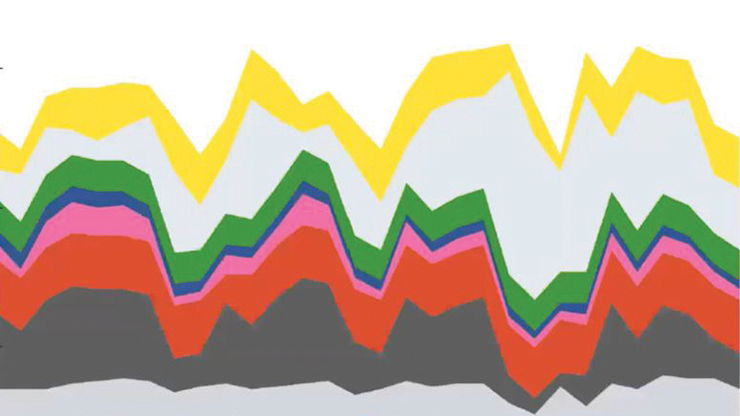
Port-Hamiltonian formulations are like zoom lenses that help researchers tackle difficult problems in systems modeling and control.
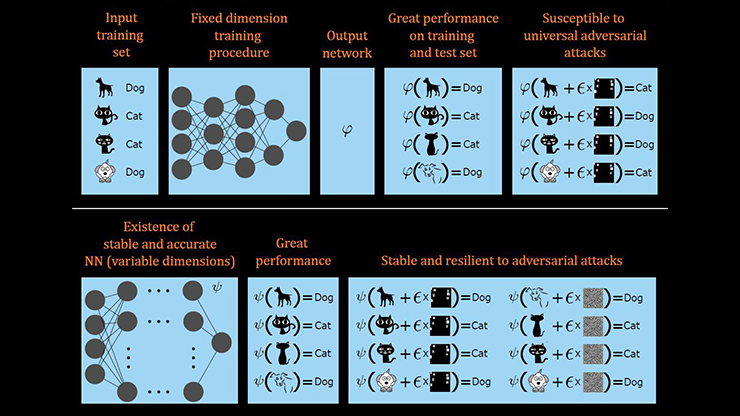
Mathematical tools shed light on the robustness, resilience, and trustworthiness of artificial intelligence.

No mathematically rigorous justifications currently exist for the analytical theories of turbulence in fluids.
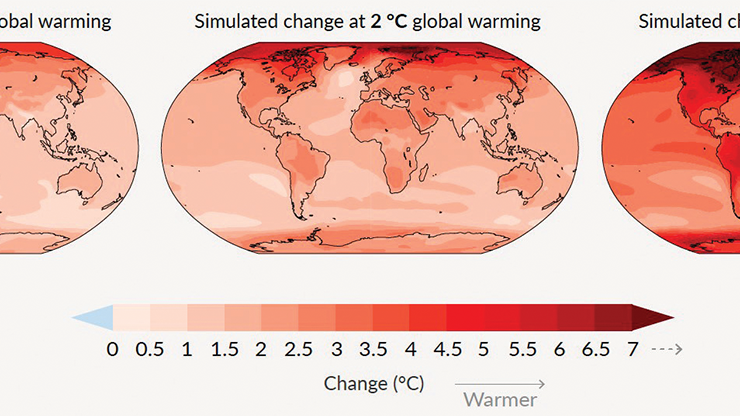
Science Policy
Addressing Climate Change, Boosting Environmental Resilience, and Advancing Clean Energy
The SIAM Climate Task Force explored the ways in which applied mathematics can positively impact climate science.

Data science has grown tremendously in recent years, creating career opportunities in many industries.
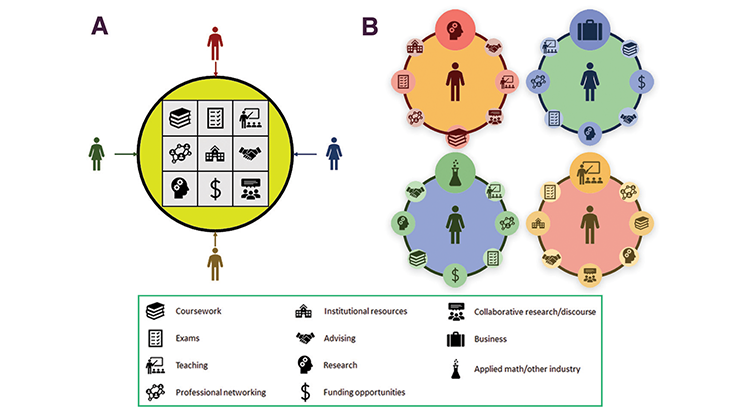
The variety of requisite skills for different careers demands greater customization of student training programs.
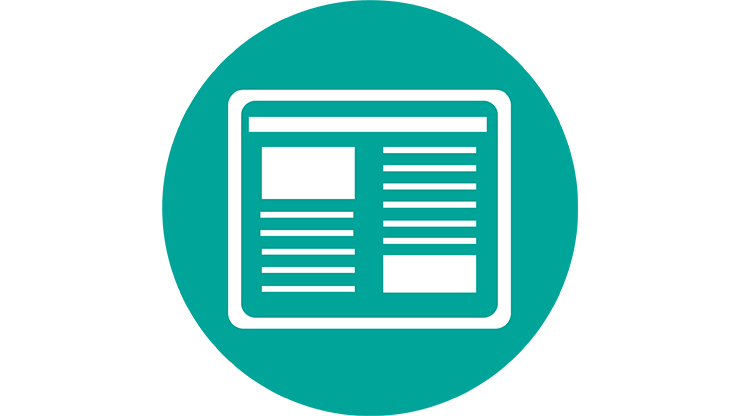
John Boyd discusses important figures in applied math history and argues that societies should preserve stories and artifacts.

Ernest Davis reviews "Journey to the Edge of Reason: The Life of Kurt Gödel" by Stephen Budiansky.

Science Policy
NIH to Inject Healthy Bolus of Data to Sustain the Future of AI for Medical Discoveries
The NIH's Bridge to Artificial Intelligence program seeks to enhance data flow into the biomedical research space.
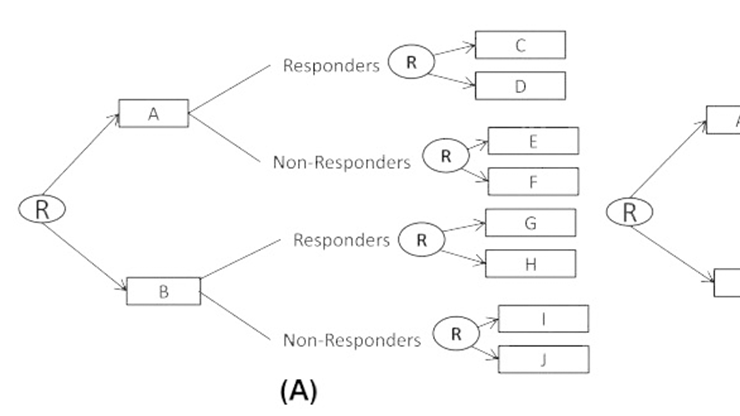
"Adaptive Treatment Strategies in Practice" considers study design and data analysis for personalized medicine.
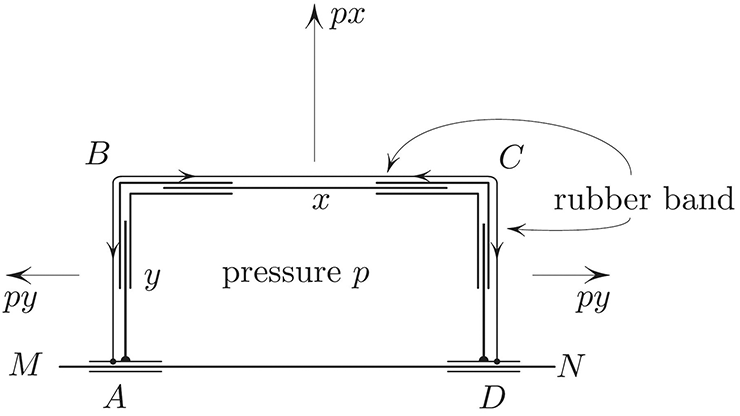
Mark Levi presents an amusing solution to minimizing the length of a fence that encloses a pasture of fixed area.
Stay Up-to-Date with Email Alerts
Sign up for our monthly newsletter and emails about other topics of your choosing.


